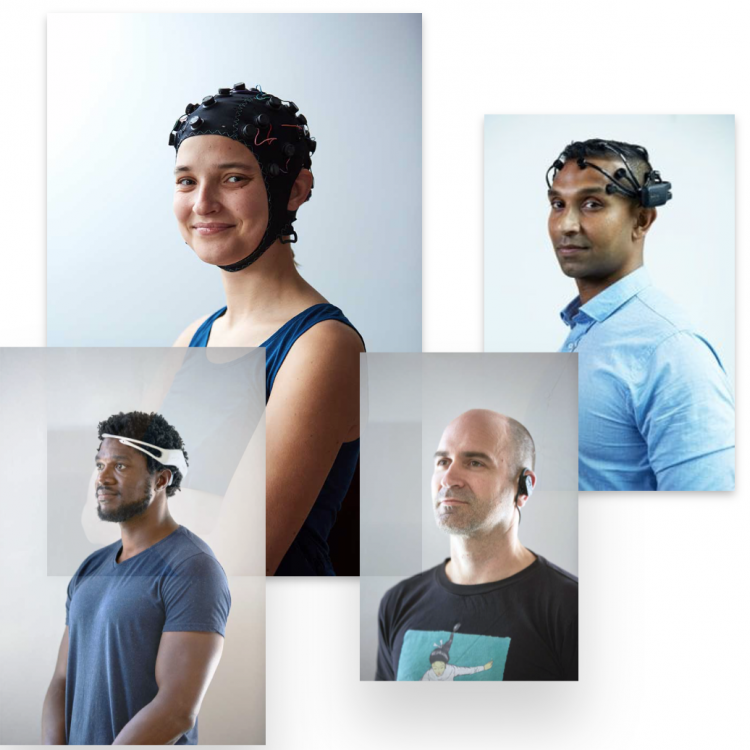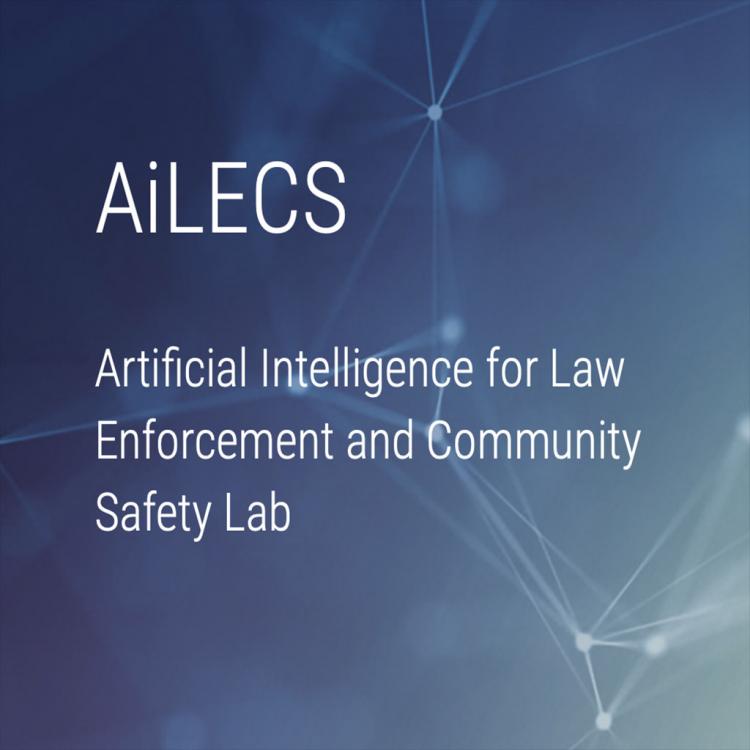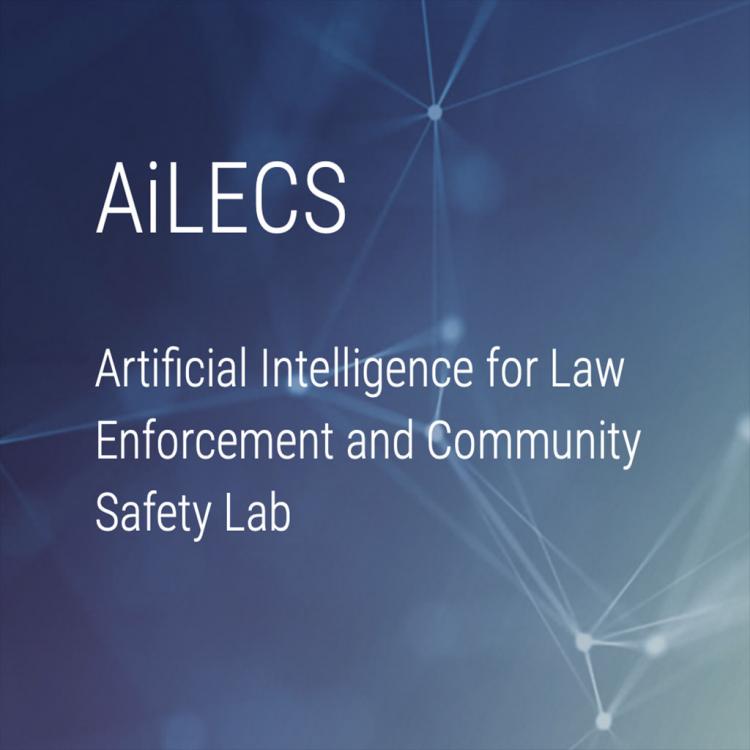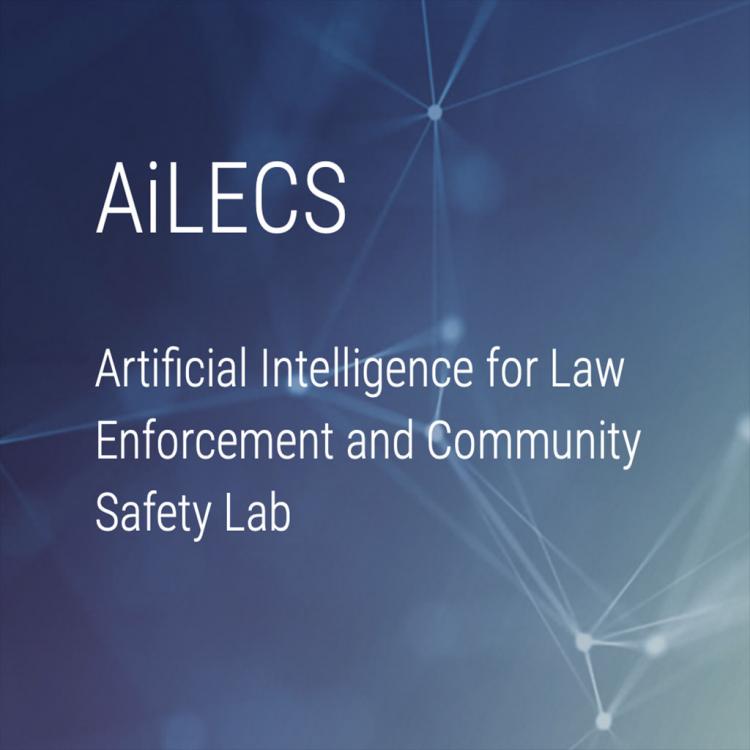The existing deep learning based time series classification (TSC) algorithms have some success in multivariate time series, their accuracy is not high when we apply them on brain EEG time series (65-70%). This is because there is a large variation between EEG data of different subjects, so a TSC model cannot generalise on unseen subjects well. In this research project we investigate self-supervised contrastive learning to encode the EEG data. This way we can better model the distribution of our EEG data before classifying it to different mental status. See a recent work here [1].
Research projects in Information Technology
Displaying 101 - 110 of 194 projects.
A Smart Software Vulnerability Detection Platform
Identifying vulnerabilities in real-world applications is challenging. Currently, static analysis tools are concerned with false positives; runtime detection tools are free of false positives but inefficient to achieve a full spectrum examination. A generic, scalable and effective vulnerability detection platform, taking advantage of both static and dynamic techniques, is desirable. To further overcome the shortcomings of these techniques, deep learning is more and more involved in static vulnerability localization and improving fuzzing efficiency.
Towards secure and trustworthy deep learning systems
Over the past decades, we have witnessed the emergence and rapid development of deep learning. DL has been successfully deployed in many real-life applications, including face recognition, automatic speech recognition, and autonomous driving, etc. However, due to the intrinsic vulnerability and the lack of rigorous verification, DL systems suffer from quality and security issues, such as the Alexa/Siri manipulation and the autonomous car accidents. Developing secure and trustworthy DL systems is challenging, especially given the limited time budget.
Developing and evaluating educational chatbot to support self-regulated learning
The project involves design, implementation and evaluation of rule-based chatbot to support students when they study information from multiple texts, e.g., reading a few articles about global warming. The bot will support students' self-regulated learning skills which were theorised to promote learning achievements and boost motivation.
This research will unfold over the following 3 phases:
1. Reviewing the literature on self-regulated learning and creating a set of responses from the bot
2. Developing rule-based chatbot
Explainable Multi-Agent Path Finding (XMAPF)
The multi-agent path finding problem (MAPF) asks us to find a collision-free plan for a team of moving agents. Such problems appear in many application settings (including robotics, logistics, computer games) and a wide variety of solution methods have been proposed. Once a plan is computed, execution proceeds under the supervision of a human operator who is free to modify and adjust the plan, or even reject it entirely, because of changing operational requirements.
Predicting short- and long-term outcomes of pregnancy to optimise maternal health care (PhD)
As a pregnancy approaches term (the point at which the foetus is considered fully developed), decisions are made about the timing of birth and the way babies are born. These decisions are incredibly challenging for clinicians and pregnant women. Digital health records, advances in big data, machine learning and artificial intelligence methodologies, and novel data visualisation capabilities have opened up opportunities for a dynamic, ‘Learning Health System’ – where data can be harnessed to inform real-time and personalised decision-making.
Understanding material failure by machine learning analysis of pattern strains
Metals are made of small crystals - i.e., atoms are arranged in a particular geometric arrangement, which are typically in the range of a few 10s of microns (0.01 mm). The arrangement of these crystals greatly affects the performance of the metal and hence the performance of components where metals are used - such as in aeroplanes, gas turbine engines, cars, etc. The manner in which such materials deform, crack and fail under a variety of conditions is an important area in terms of cost and safety.
Machine learning for short message conversational analysis in Law Enforcement
This project aims to identify novel methods for inferring actors, activities, and other elements from short message communications. Covert communications are a specialist domain for analysis in the Law Enforcement (LE) context. In this project we aim to improve law enforcement’s understanding of online criminal communications, exploring texts for automated understanding of intent, sentiment, criminal capability, and involvement.
Explainability of AI techniques in law enforcement and the judiciary
This project will investigate and develop the ways in which AI algorithms and practices can be made transparent and explainable for use in law enforcement and judicial applications
Ethics of AI application in law enforcement
The use of AI in law enforcement and judicial domains requires consideration of a number of ethical issues. This project will investigate and develop frameworks that embed ethical principles in the research, development, deployment ,and use of AI systems in law enforcement (LE). A major focus is expected to concern the acquisition, use, sharing and governance of data for AI in this context.





